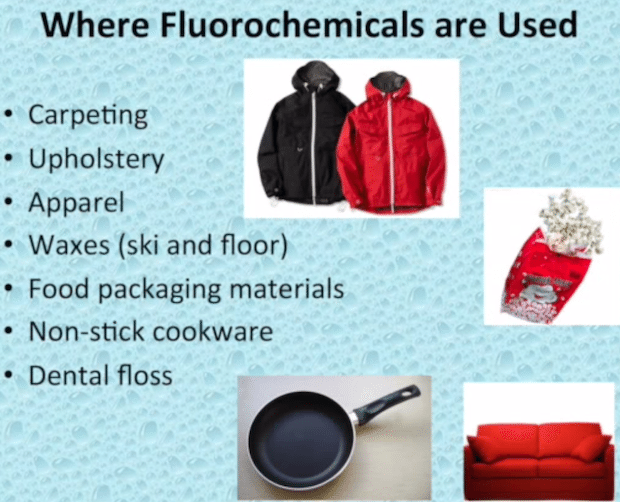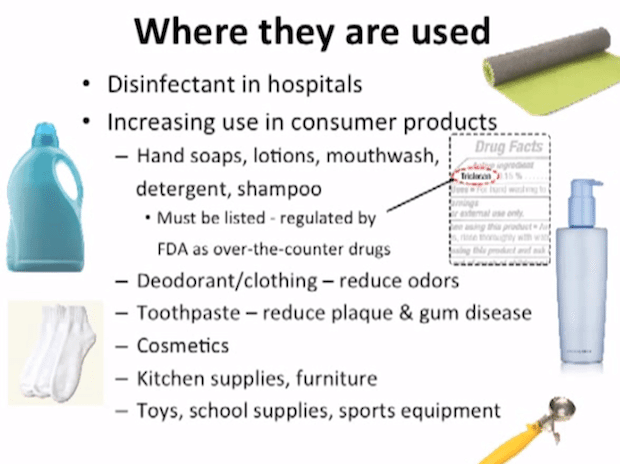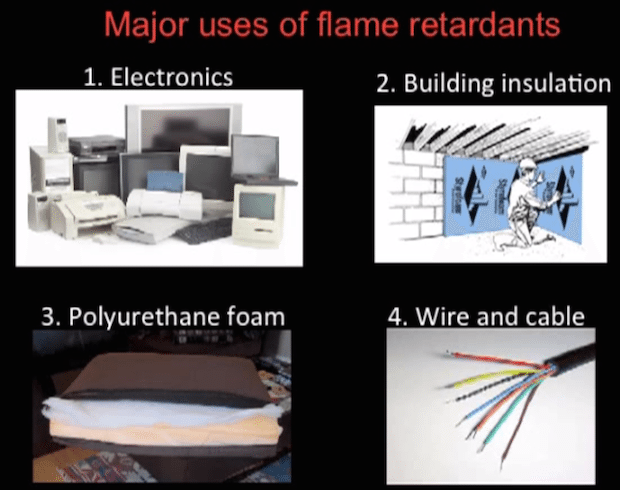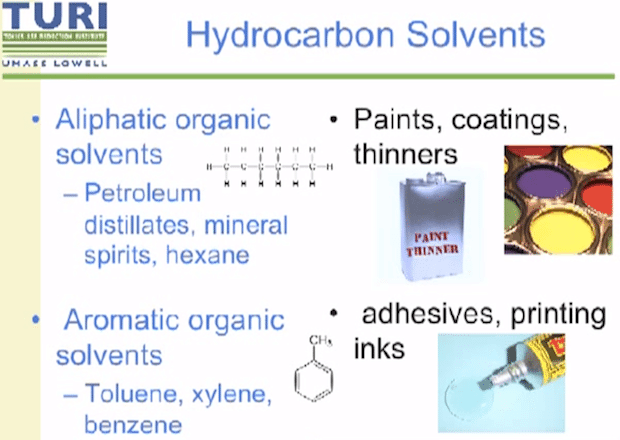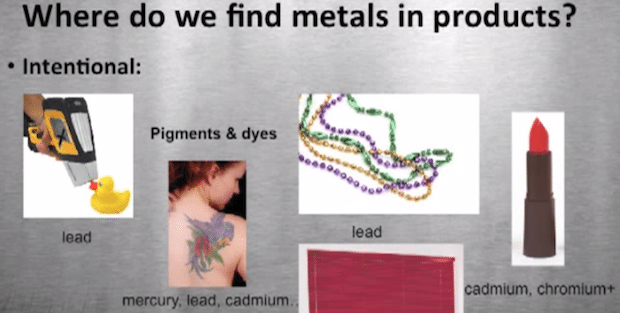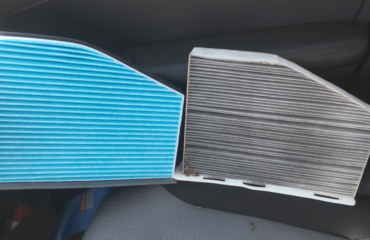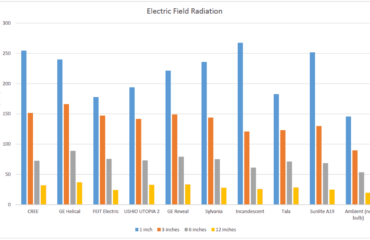Classes of Toxic Substances

Classes of Toxic Substances
There are many different ways to organize contaminants. We often rely on their physical form (e.g., liquid, vapor, solid, energetic, etc.), size (e.g., nano-particle, respirable, micro, etc.), or larger classifications (e.g., biological, mineral, etc.) The Green Science Policy Institute coordinated a number of organizations (see below) to prioritize toxic chemicals and narrow it down to six classes of toxic substances – nasty chemicals explained. Their work is fantastic; this blog summarizes their outstanding simplification of an otherwise unwieldy and overwhelming science.
We are extremely grateful to Arlene Blum and the other super stars at the Green Science Policy Institute. Please check them out and support their cause if you can.
Six (6) Classes of Toxic Substances
The essence of this new organization was to agree that the major chemicals of concern are found in these 6 categories. The organization allows a deeper, though easily accessible, evaluation of each class of toxic substance. [Some are disappointed that EMF/EMR was not included, but this summary was always intended to only cover chemicals. It’s “toxic substances,” not all environmental toxics.]
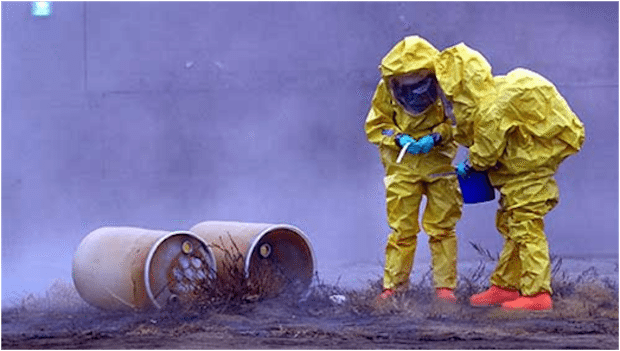
Toxic Substances – It’s not always this obvious
Following are quick summaries and screenshots from the www.SixClasses.org website. Click through any link or image for an easy-to-read summary of current science for the class of toxic substances, as well as practical tips on how to minimize exposure to these classes of toxic substances. And don’t fool yourself – identifying these chemicals in your everyday life is not easy!
Fluorinated Chemicals
Fluorinated chemicals are used in cookware, clothing, outdoor apparel, carpeting, and food packaging to provide oil and water resistant properties. They are persistent in the environment and have been detected in humans and biota all over the globe. In humans, some fluorinated chemicals have been associated with kidney and testicular cancer, thyroid disruption, elevated total cholesterol, and obesity.
Anti-microbials
Anti-microbials, such as triclosan and triclocarban, are used in products from soap, deodorant, and toothpaste to socks, lunch boxes, and counter tops to prevent microbial growth. Anti-microbials can be ingested or absorbed through the skin and are detected in most Americans. They are of concern because they are associated with adverse endocrine, thyroid, and reproductive changes and their use can lead to resistant strains of bacteria. Soap and water can be a better alternative.
Flame Retardants
Flame retardants are used in furniture and baby product foam, building insulation, electronics, and other products to reduce fire hazard. They are detected in most Americans, with the highest levels in children, and they have been associated with endocrine disruption and reproductive, neurologic, and immune impairment as well as cancer. As currently used in furniture, building insulation and some other products, flame retardants do not increase fire safety.
Plasticizers & Endocrine Disruptors
Endocrine disruptors interfere with the hormone signaling mechanisms of the human body. They are found in plastics, pesticides, flame retardants, and other products and are measured in all humans. EDCs cause disruption to reproductive, metabolic, neurologic, and immune systems and the thyroid at very low concentrations and are most harmful during critical windows of development of the fetus.
Solvents
Solvents are used in paint, coatings, degreasers, dry cleaning chemicals, and many other products in order to dissolve other chemical constituents. Many non-water based organic solvents release vapors that humans inhale and absorb. Some solvents are associated with neurotoxicity, reproductive toxicity, and carcinogenic effects during short-term high level exposure and over prolonged periods of low level exposure.
Heavy Metals
Heavy metals, like lead, cadmium, and mercury, have been harming human health for millennia. Heavy metal toxicity can result in reduced mental and central nervous function, lower energy levels, and damage to blood, lungs, kidneys, liver, and other organs. Some heavy metals like zinc that provide a health benefit in small doses can be toxic at high levels.
Check out these links and get a crash course in toxicology for these classes of toxic substances.
Besides GSPI, whom to thank for this summary?
Other environmental, consumer-protection, and philanthropic groups who helped pull this together:
Clean Production Action | Commonweal | The Cornell Douglas Foundation | ECOSPHERE | Environmental Impact Group, LLC | Environmental Working Group | The Fred Gellert Family Foundation | Google | The Hope College Chemistry Department | MomsRising | New York Community Trust | Passport Foundation | Staples, Inc | The Wallace Genetic Foundation


